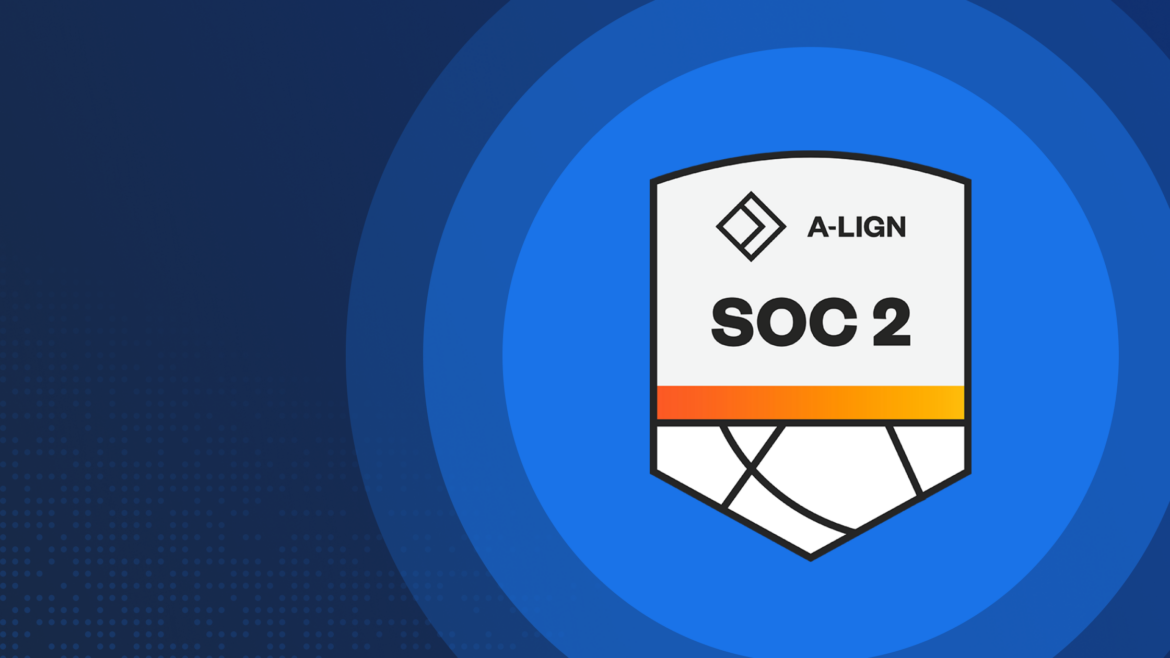At MindBridge, we are committed to continuously investing in the highest security standards to ensure that our client’s data remains safe and secure. As part of this ongoing commitment, we are excited to announce that we have successfully renewed our SOC 2 report.
The examination was conducted by A-LIGN, a technology-enabled security and compliance firm trusted by more than 4,000 global organizations to help mitigate cybersecurity risks.
“The importance of maintaining the highest standards of security, confidentiality, and data protection can’t be overstated,” said Stephen DeWitt, CEO of MindBridge. “This certification not only validates our robust security measures but also provides our customers and partners with the confidence that their sensitive data is safeguarded with industry-leading practices at every level of our operations.”
What is a SOC 2 Report, and What Does it Mean for MindBridge?
In this article, we will walk you through the ins and outs of a SOC 2 report and how it signifies trust and security for our clients.
What is a SOC 2 report?
A SOC 2 report addresses risks associated with the handling and access of data, and can be used by a variety of organizations of any size (e.g., SaaS, colocation, data hosting, etc.). Rather than a cybersecurity assessment that evaluates specific technical configurations, a SOC 2 report focuses more on how an organization implements and manages controls to mitigate the identified risks to the different parts of an organization.
The SOC 2 audit testing framework is based off of the Trust Services Criteria (TSC), which are used to identify various risks (points of focus) an organization should consider addressing. Based on the TSCs the organization selects to be in-scope, the third-party compliance and audit firm (in our case, A-LIGN) evaluates whether the organization has the appropriate policies, procedures, and controls in place to manage the identified risks effectively.
There are five Trust Services Criteria. The first criteria, Security, must be included with every SOC 2 report and is referred to as the “Common Criteria”. The remaining four are optional to include:
- Security (required)
- Availability (optional)
- Processing Integrity (optional)
- Confidentiality (optional)
- Privacy (optional)
To pass a SOC 2 examination and receive a letter of attestation successfully, an organization must address controls in areas such as information security, access control, vendor management, system backup, business continuity and disaster relief, and more.
Who should get a SOC 2 Examination?
Organizations of all sizes and industries can benefit from a SOC 2 Examination, as the audit can be performed for any organization that provides a variety of services to its customers. A SOC 2 report highlights the controls in place that protect and secure an organization’s system or services used by its customers. The scope of a SOC 2 Examination extends beyond the systems that have a financial impact, reaching all systems and tools used to support the organization’s system or services.
Why do I need a SOC 2?
Today, many organizations outsource their business operations and services to third-party vendors, possibly putting client data at risk. For this reason, organizations request that their vendors achieve SOC 2 compliance to demonstrate rigorous IT security standards. Some additional reasons to consider a SOC 2 report for your organization include:
- Clients will most likely request a SOC 2 sooner or later.
- SOC 2 can bring a competitive advantage to your business.
- SOC 2 helps you gain customer trust.
- Ensure your employees understand best practices.
Know Your Data is Safe and Secure with MindBridge
MindBridge will make the SOC 2 report available to current or potential customers upon execution of a non-disclosure agreement. We hope that these steps reassure you and your IT teams that MindBridge secures your data. To learn more about our security policies and initiatives, please reach out to your customer contact or book a meeting with our team.




